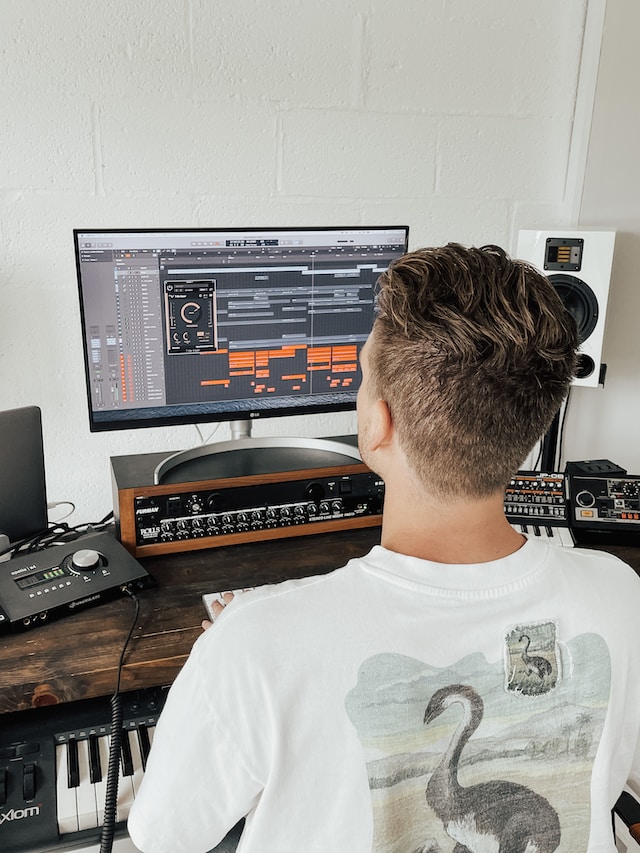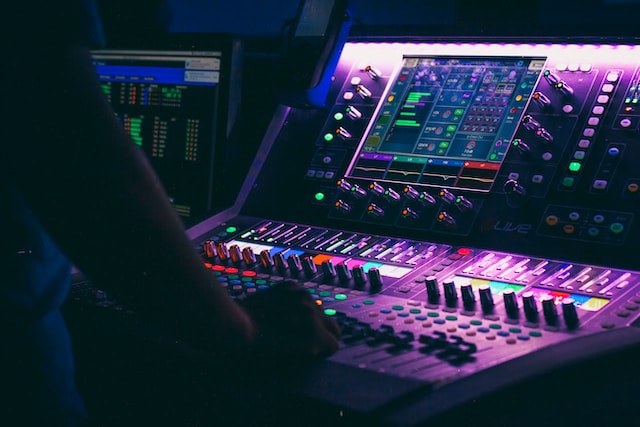Electronic dance music (EDM) is a genre of music that has been gaining popularity over the past few decades. With its high-energy beats, catchy melodies, and infectious rhythms, it’s no wonder that so many people are drawn to this type of music. If you’re interested in producing electronic dance music, but don’t know where to start, don’t worry. In this beginner’s guide, we’ll give you the basic tools and tips you need to get started.

Choose Your DAW
The first step in producing electronic dance music is to choose a digital audio workstation (DAW). A DAW is a software application used for recording, editing, and producing music. There are several DAWs available, each with its own set of features and capabilities. Some popular options include Ableton Live, FL Studio, and Logic Pro X.
When choosing a DAW, consider your level of experience, your budget, and the type of music you want to produce. Most DAWs offer a free trial period, so take advantage of this to try out different options before committing to one.
Learn the Basics of Music Theory
Experiment with Different Sounds
Electronic dance music is known for its diverse range of sounds, from bass-heavy drops to melodic arpeggios. As a producer, it’s important to experiment with different sounds and instruments to find your own unique style.
Create a Strong Drum Track

Add Melodic Elements
Arrange Your Track
Mix and Master Your Track
Lastly, make sure to have fun and enjoy the process of producing electronic dance music. It’s a form of artistic expression that allows you to share your unique vision with the world. So turn up the volume, let your creativity flow, and enjoy the journey.



